Getting ready for your fitting appointment
It’s arrived – the day you get your hearing aids and optimise your hearing to the best it can be! It’s an exciting time, but if you feel some trepidation and uncertainty, that’s perfectly normal. You’re about to try something new and you’re not sure how it will go. How will you feel about having something in your ear? What will the world sound like now? These are all questions to be answered at your fitting appointment so it’s now time to get ready for this step to augment your communication.
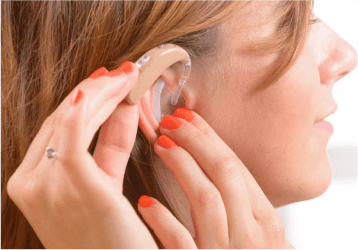
Get to appointment on time – there’s a lot to learn
This may seem trivial, but there is a lot that goes on in a hearing aid fitting appointment so make sure you arrive at the Hearing Clinic on time. Get there a couple of minutes early so you can catch your breath and relax in the waiting room. You want your mind focused on the job ahead.
Bring someone with you
This is very important. As noted above, there’s a lot to learn in your hearing aid fitting, so having a second pair of ears to listen and remember with you is a great idea. Your significant other may also think of questions that you don’t or be able to help you with certain parts of the hearing aid fitting if you’re not confident at first. If you have dexterity issues, they may assist you with putting the hearing aid in your ear or changing batteries. Ultimately, you want to be able to do these things yourself, but it’s helpful to have a second person to assist if you need help in the beginning.
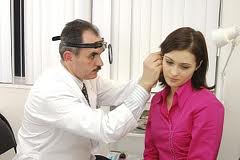
Write down any questions you want to ask
For every appointment you attend at the Hearing Clinic, write down any questions you want answered before you attend. There is generally so much going on, so much information to take in, that any questions you have may be forgotten during the appointment. Let your Audiologist or Audiometrist know you have questions at the beginning of the appointment, and if you’ve got them written down, show them to your clinician. Make sure all questions have been answered by the end of your appointment. At the end of this section there are some suggested questions for you to consider.
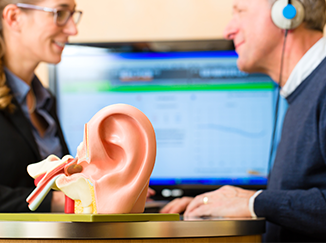
What to expect at this appointment
Most clinics will have a set protocol, following guidelines set down by the Hearing Services Program, the Hearing Healthcare Professionals Code of Conduct and /or their workplace’s Policy and Procedures manual. You can expect the following procedures to occur during your fitting:
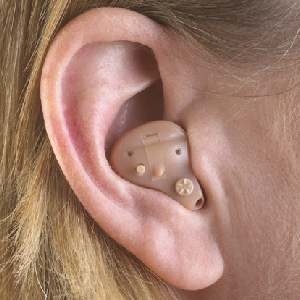
- Measuring hearing aid function
Depending on the technology the clinician is using, hearing aid function can be measured in a number of ways. This is to determine if the hearing aid is performing as prescribed in your ear. It is a verification method for the technology of the hearing aids. It can sometimes be referred to as ‘real ear’ measurements, insertion gain or speech mapping. This doesn’t take long and involves a very thin tube being placed in your ear canal and the hearing aid placed in your ear, on top of the tube. After checking the readings the clinician may make some adjustments to the hearing aid, to ensure you’re comfortable with the sound of the aid.
- Getting used to the sound of the hearing aid and your voice
The clinician will use a variety of ways for you to listen to sound of your own voice, as it can sound different from what you’re used to. They’ll also carry out some quick speech tests, with and without your hearing aids, so you can see the difference in your hearing with your hearing aids on. How the hearing aid sounds for you is very important. Let the clinician know if it’s too loud, too tinny, or you just don’t like the sound of it. The clinician will check the overall loudness of the hearing aid. This may be done by making some very loud noises (hand clapping, rattling marbles in a jar, dropping keys on a desk, etc.). You should experience these sounds as loud but not painful. If the sounds are painful, let the clinician know. Adjustments can be made to the hearing aid to make sure you’re happy and comfortable with how it sounds.
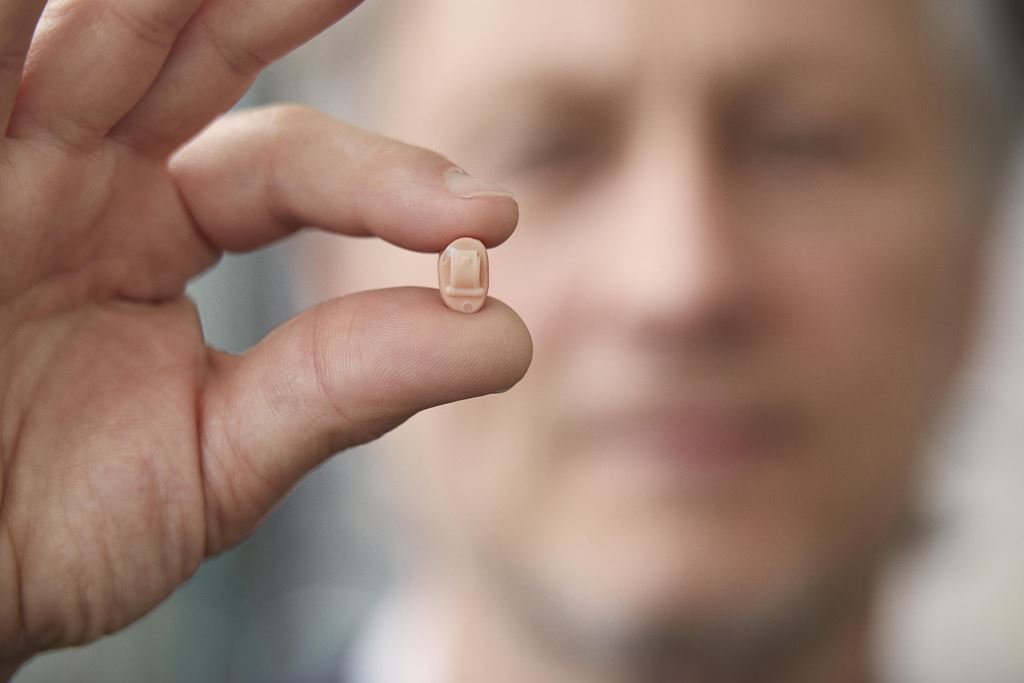
- Learning how to use hearing aid
You need to learn how to use your hearing aids correctly and confidently. Putting the hearing aids in your ears can sometimes be tricky and take a bit of practice. You can’t see your own ears so manoeuvring the devices into the ear canal can take a bit of getting used to.
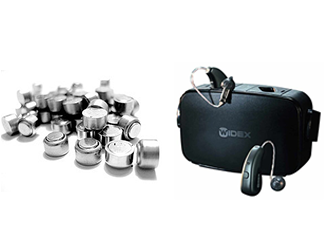
- Batteries – charging or changing
The clinician will go over the type of batteries that power your hearing aids. If you have elected to use disposable batteries you need to know what size batteries your hearing aids take and how to remove and replace them successfully. If you have rechargeable hearing aids, the clinician will go over how to set up and use the charger and how long each charge lasts.
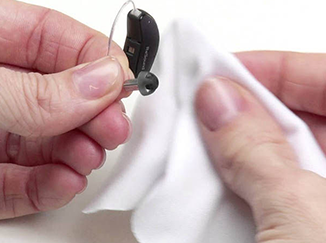
- Hearing aid cleaning and maintenance
Knowing how to clean and care for your hearing aids is paramount to keeping them in good working order – this includes how to change the wax filter if your hearing aids have these. If you’ve forgotten how to do any of the cleaning processes required you can either go back to your hearing clinic and ask for a refresher, check your hearing aid user’s manual or, if you use a smartphone app with your hearing aid, check to see if there are any helpful videos on cleaning your device in the app.
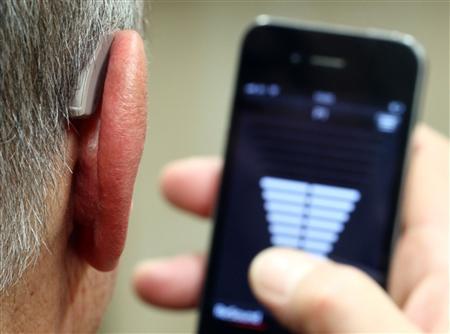
- Setting up connectivity
If you’ve chosen a hearing aid that uses an app on your smartphone, then the clinician should show you how to set this up and use the controls. This is sometimes left until the end of the appointment and the clinician may run out of time. If connectivity is important to you, remind the clinician of the start of the appointment to ensure you get your hearing aids connected to your phone during the appointment.
- Understanding acclimatisation
Acclimatisation to your hearing aids can take some time and the clinician will make sure you’re comfortable with the level of the hearing aid before you leave the appointment. A ‘listening program’ will be provided for you, so you know where and when to start using your hearing aids. Some listening situations are tougher than others and you should build up to these. However the more you use your hearing aids, the quicker you’ll acclimatise to them.
Next Article --> Managing your hearing aids and questions to ask
Previous Article --> Buying from a clinic
